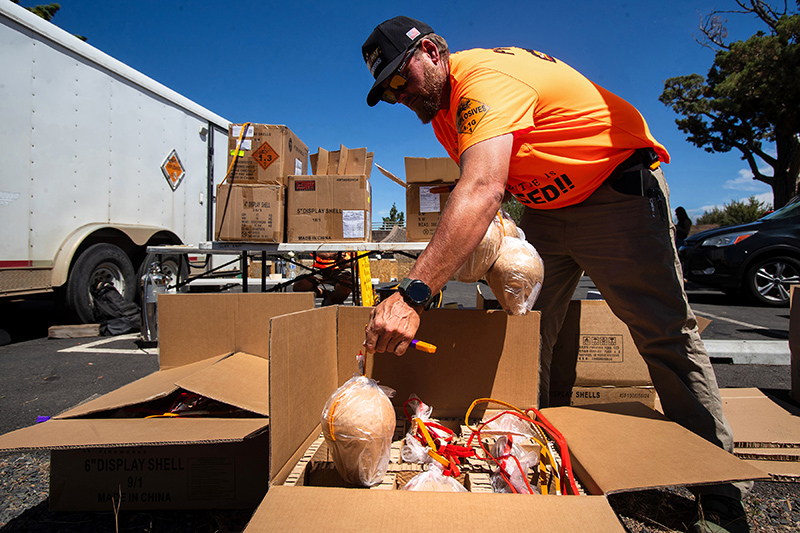Harvesting tips for first-time gardeners
Published 2:30 am Thursday, August 6, 2020

- Central Oregon Gardening Calendar
I did three very loud cheers when I discovered 10 small cantaloupes forming in my Minnesota midget melon patch. I know harvest is weeks away but this seems like the right time to brush up on harvest skills. I know there are many new to gardening who are wondering, “Is it time yet?”
Perhaps even a few harvest tips will help with selections at a Farmers Market. Instead of grabbing the first eye-catching vegetable on your list, learn the tests for ripeness, tenderness and maturity.
Vegetables are best harvested in the cool hours of the morning so that they stay crisp and will store longer. If harvested too late they become limp having evaporated much of their moisture. This is especially important for leafy greens, chard, herbs such as parsley, basil and cilantro. If you aren’t able to harvest early in the day, do it the evening after the heat has begun to wane.
Beans: Pick string beans before seeds begin to swell. If you leave beans on the plant too long, they become tough and stringy. Check plants every other day, frequent picking encourages plants to keep producing.
Beets: Pick baby beets at 1- to 1½-inch in diameter and let some grow larger. For best flavor in hot weather, keep beets well watered and don’t leave them in the ground so long that they become pithy or woody.
Broccoli: Harvest in the morning when the heads are large and buds are tightly closed. Eventually they will open into yellow flowers, if you wait until that point your broccoli will be tough and woody. Cutting the plant about halfway down the stalk encourages the continual production of side shoots. The best tasting broccoli is produced in cool weather.
Corn: Corn is ready when the silks at the top turn brown but haven’t yet dried out. For your at-home crop peel back the ear to expose just a little of the cob and puncture a kernel with your fingernail. If the kernels are fat and the juice is a milky-white, they are ready for the dinner table. In the newer, sugar enhanced varieties, the fluid is clear rather than milky. Not a good idea to do the fingernail test at a farmers market or in a supermarket.
Cucumbers: Don’t wait too long, bigger is not always better. If the cuke is too large it can be seedy and bitter. Frequent picking increases production. Lemon cucumbers should be picked when they are light green with just a hint of lemon color. They will be less crisp and very seedy if you wait until they turn bright yellow.
Melons: Cantaloupes should be picked when the heavy netting has turned from green to tan and is well defined, slightly raised. At markets, check the bottom end. The fruits get slightly softer and they smell fragrant. Watermelons turn dull when ripe and the tendril closest to the fruit shrivels. Thump a melon and listen for a dull thud, rather than a ring.
Summer Squash is better when it is small. Zucchini and yellow crookneck squash are at their most tender when no bigger than 4 to 6 inches. Pattypan squash is best at 3 inches or smaller.
And finally, we stand hovering over our tomato plants. We don’t need a tutorial for when to pick those jewels of our gardens. I admit to eating a handful of the cherry tomatoes as I write this piece, and it was worth all the stewing and fretting over whether they would produce. A word of caution for those who may be new to the culture of tomatoes. Never refrigerate them. That applies to the purchases you make also. If tomatoes are a little on the under ripe side, leave them on the counter out of direct sun for a few days. The old tradition was to put them on the window sill with the belief that they needed the sun to ripen, now you can toss that belief in the back in the day file.








